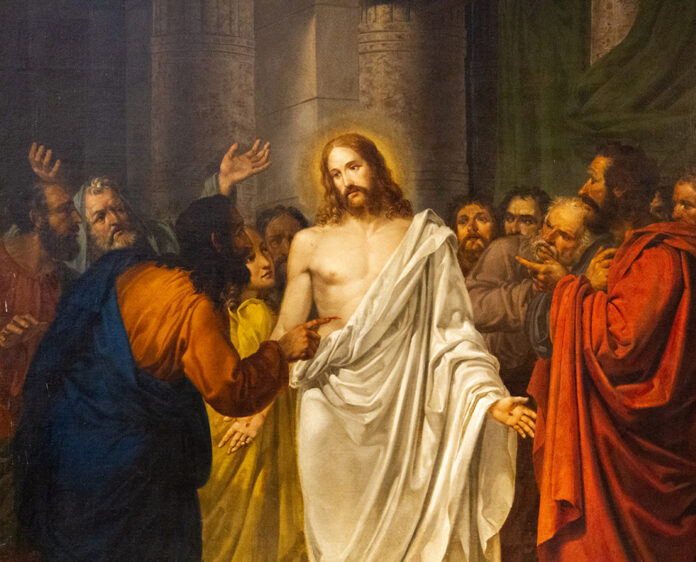When we are kids, there are some things that we so desperately want to be true, but no matter how much we try to convince ourselves to believe in it, at some point we have to come to grips with reality and accept the truth in the situation. For many young children, Santa Claus is this reality. When they learn that he is more a symbol than a reality, they often try to convince themselves otherwise. However, the truth always wins out as someone gets older. For some in my generation, it was coming to grips with the fact that the letter was not coming to Hogwarts as it had come for Harry Potter, even though he too lived in a muggle family. For me it was realizing that I would never get a lightsaber or move things with the Force like Obi-Wan Kenobi. As we grow, if a fantasy reality is not true, then we cannot convince ourselves to believe it.
However, the opposite can be true of things that are real, but we do not want to believe. Many times we have the ability to completely ignore a reality if we do not want to confront it. No matter how great the evidence, if we do not want to believe, we will not. In doing so, we can create our own fictional realities that affect our ability to love God and others. This often occurs when we have experienced pain or have fear regarding something.
Thomas falls into this category in today’s gospel. The resurrected Jesus had appeared to all of the other Apostles while Thomas was missing. When they tell him that Jesus is risen, He refuses to believe. He states that he will not believe until he can touch Jesus’ wounds. So the next time that they are all together, Jesus appears and invites Thomas to touch his wounds. Thomas professes his belief that Jesus is his lord and his God. Jesus then makes the curious statement: “Have you come to believe because you have seen me? Blessed are those who have not seen and have believed.”
Thomas did not believe in Jeses’ resurrection because he did not want to believe. This is evident by him not being with the other disciples the first time Jesus appears. They all were holding out hope that what the women had seen on Easter morning was true. But Thomas did not join them. And then even when they came to him trying to convince him, he still would not believe it.
We can be the same way. We can reject God or one of His teachings despite the overwhelming evidence that He is or it is true. This is often because if we do recognize Him/the teaching as truth, it means that we will have to confront or to change something about our life that we do not want to confront or change. This causes us to separate ourselves physically from the people who do believe, because we spiritually have already separated ourselves in our heart. We stop praying, receiving the sacraments, and even stop trying to be a person who desires to go to heaven. But God does not want this.
So what is the solution? Even if we cannot bring ourselves to believe, we have to ask God for the desire to believe. He will provide if we persistently ask. Then we must reenter the community of believers, gather with them, and participate in their life by receiving the sacraments. This is what Thomas does. He comes back into the group of believers and Jesus provides for his unbelief by appearing to Him. The same will go for us. If we enter back in, desiring to believe in Him, He will provide.
But we have to want it. If we don’t, we have to ask God to want it. God will never force us to believe in Him. He wants us to take the first step and allow Him to reveal Himself to us. We have to let Him into our heart because seeing is necessarily not believing. The eyes can be tricked, but the heart that is aligned with the truth sees more clearly than perfect ocular vision. Jesus tells Thomas that those are blessed who have the faith that does not come from sight, but from the heart. That is true belief.






